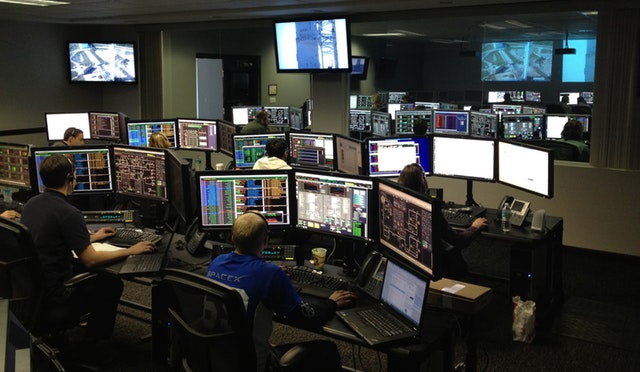Author: Kedar Supekar
Just imagine that you walked into a restaurant and are welcomed by the hotel staff. Later, one of the waiters directs you to a convenient seat, tells you their special dishes, and helps you order food by understanding your preference. He makes sure that you are attended well, serves you good food, and asks your feedback before you leave. It is a perfect example of a decent user experience. A bad user experience is similar to an endless spiral staircase in which you simply go on climbing the steps but are unable to reach the hotel. You go on moving around the entire stairs, but nothing comes up till the end.
In the present digital world, the significance of user experience (UX) design has even more increased, wherein user satisfaction is given prime importance. Whether it is a mobile app, website, or customer care the key motive of a good user experience is to satisfy the customer. UX design trends and requirements keep on progressing with time. We live in an era where the applications of Artificial Intelligence (AI) are booming at a rapid pace.
Amalgamation of Artificial Intelligence and User Experience
In recent years, AI has been revolutionizing the design sector by facilitating enhanced user experience. It is a trending buzz these days mainly among several businesses that collect heaps of data. It makes use of highly advanced technologies to enable machines to offer human-like behaviors autonomously. From automating processes to improving efficiency, the potentials of AI are unlimited. From driving a vehicle to assisting doctors in a surgery, AI has proven to be a game-changing technology in various sectors; this has triggered a sense of worry in peoples’ mind that one day this technology might overcome humans in every possible field.
With no industrial sector left untouched, AI is set to revolutionize the current digital world at an accelerated pace. So, how can one use artificial intelligence to make enhanced websites and UX designs?
There are a wide array of methods and tools that use artificial intelligence for enhanced website designs to produce satisfying and sophisticated user experiences and eventually surge conversion rates and revenues.
In the past, UX teams used to use metrics and tools like A/B testing, heat maps, usability tests, and data to comprehend the ways to boost customer engagement in their web products. In the world of big data, loads of pragmatic and actionable data generated regularly can be used to identify and understand user behavior patterns and ultimately enhance user experience.
What are the Benefits of AI for Enabling Enhanced User Experience?
AI has significantly revolutionized user experience by enhancing designers’ capabilities, delivering smarter content, and thus improving the support to customers. AI offers various benefits such as—
- Reduces manual labor by eliminating repetitive and monotonous tasks, hence boosting productivity.
- Empowers designers to offer better design choices based on various factors
- Increases conversion rates with advanced level of personalization and relevant content to individual users
- Enhances competences of data analysis and optimization
- Makes design systems more vibrant and interactive
Facilitates a more personalized user experience
- Helps in understanding customer behavior and expectations hence, offers customized recommendations and content to the users. For instance, users get movie recommendations on over-the-top (OTT) platforms or video recommendations based on their earlier behavior on YouTube.
- Helps in enabling services such as customized emails for each user by considering their behavior patterns on each website or any other online platforms. It helps in delivering relevant emails to potential customer, and thus boosts conversions.
- Chatbots are another example of AI integrated customer support. These chatbots facilitates human-like conversations by chatting with the users and directs with their issues or queries.
- It facilities 24/7 assistance to users. It also makes sure that business processes run uninterruptedly and smoothly.
Future of AI in UX Designs
We are heading toward a more digitally connected world wherein every task involves smart gadgets. AI has taken user experience to the next-level by making it more interactive, convenient, and appealing. In simple words, it pampers users with customized products and services in their entire journey on any online platform. In the coming years, more frequent use of Internet of Things (IoT) technology will enhance the user experience and make it even better.
The user experience design trends will keep on evolving with time. Having websites and applications that can transform as per the user requirements in real-time or apps suggesting movies or music playlist as per user’s current mood can soon be a reality with more use of AI techniques in digital platforms.
However, this doesn’t mean that AI will take designers’ jobs by completely replacing their roles in UX designing. Instead it will assist designers in offering better designs that meet user expectations. Businesses are required to be updated with the continuously evolving, innovative, and advanced technologies to adapt with them to stay competitive and at the forefront. We live in an age where we are extremely dependent on technology and it appears that this dependence is only going to increase in the coming years. So, who is a robot in reality? We might think that we are in control of AI; however, is it a puppet string that is being controlled by technology developed by the humans.
